A £20m Cotswolds estate for sale 'the like of which may never be seen again'
The name 'Lower Court Farmhouse' underplays what is for sale in this extraordinary piece of land in a prime Cotswolds location, which offers as great an opportunity as Penny Churchill can remember.
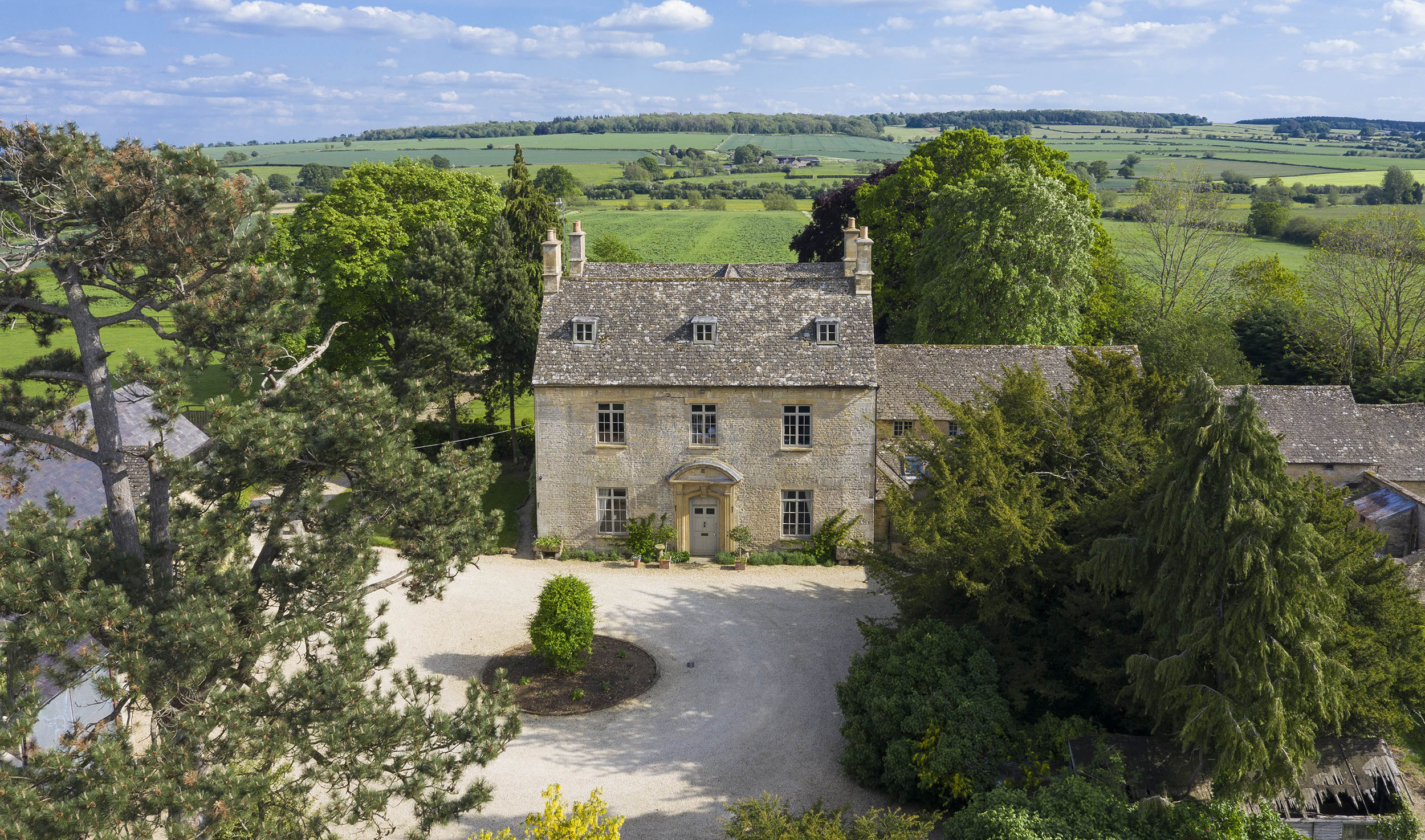

Mark McAndrew of Strutt & Parker doesn’t comment on the £20 million asking price of the Lower Court estate at Chadlington in West Oxfordshire, four miles south of Chipping Norton, except to say: ‘It’s the Cotswolds.’
This isn’t any old part of the Cotswolds. With Daylesford Farm Shop five miles to the west and Soho Farmhouse at Great Tew eight miles to the north, Chipping Norton has become the epicentre of an area of unspoilt countryside much favoured by the Notting Hill set and prime country properties are priced accordingly.
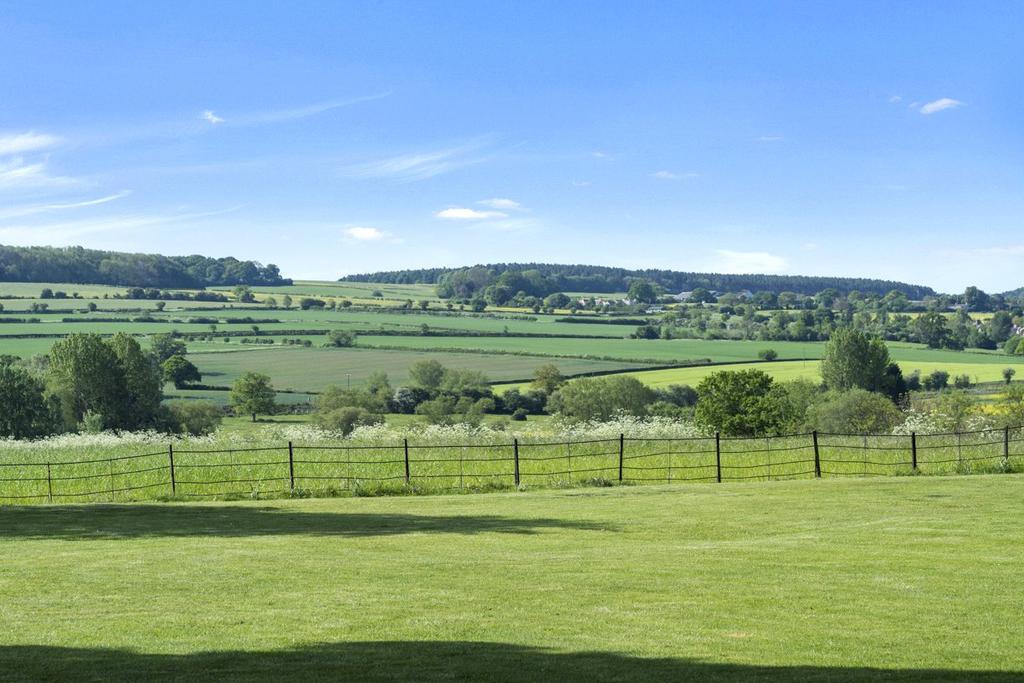
Timeless Lower Court, although beautifully farmed, isn’t just any old farming estate. Bought by a Cornish family in the 1920s and held in a family trust, the estate, including its Grade II*-listed former manor house and several cottages, has been tenanted in recent years and is now ripe for renovation.
Launched on the market last month, it has attracted potential purchasers not only from London, but also from further afield. Such has been the level of interest that Mr McAndrew expects to close the book on the sale within the next few weeks.
A first-rate working farm, Lower Court is being offered either as a whole, or in 10 individual lots, some or all of which could be combined in as many as four separate restoration projects.
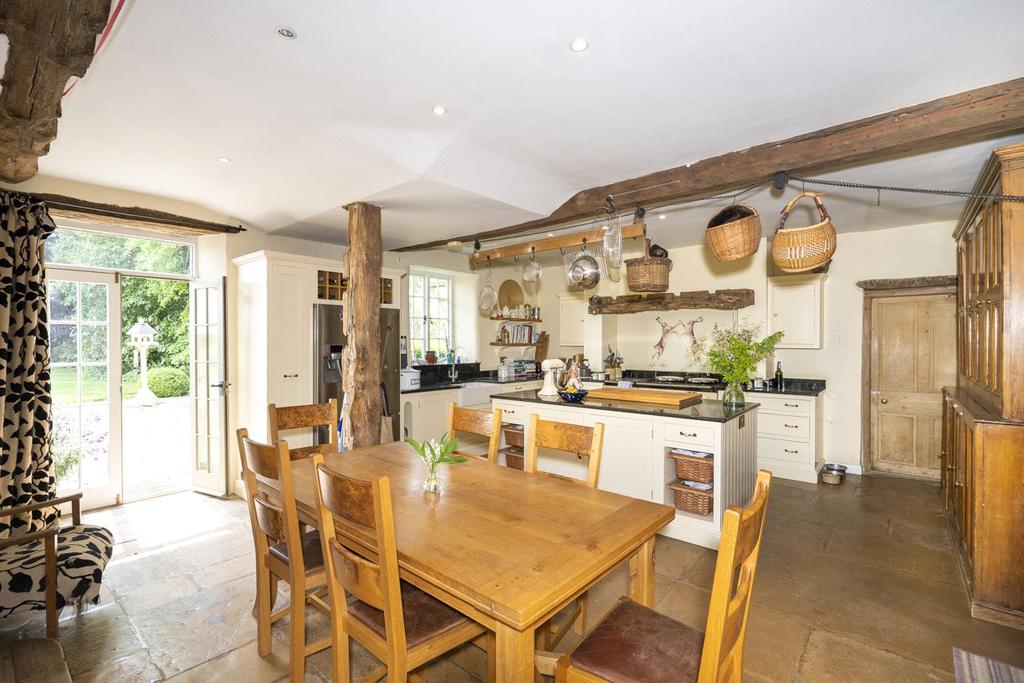
The ancient village of Chadlington, which dates from Saxon times, lies on the northern slopes of the fertile Evenlode Valley, between Chipping Norton to the north and Wychwood Forest and Charlbury to the south. The Evenlode rises near Moreton-in-Marsh, Gloucestershire, and flows south-east for 45 miles before joining the Thames at Eynsham Lock in Oxfordshire.
The village meanders through five distinct neighbourhoods — Brookend, Eastend, Greenend, Millend and Westend — some of which are almost separate hamlets and at its heart is the exquisite St Nicholas Church, built in 1100.
Sign up for the Country Life Newsletter
Exquisite houses, the beauty of Nature, and how to get the most from your life, straight to your inbox.
The agents quote a guide price of £9m for lot 1, comprising Grade II*-listed Lower Court Farmhouse — the former manor house of Chadlington West — with its traditional stone courtyard, modern farm buildings and a block of arable farming, pasture and woodland, comprising some 150 acres in all.
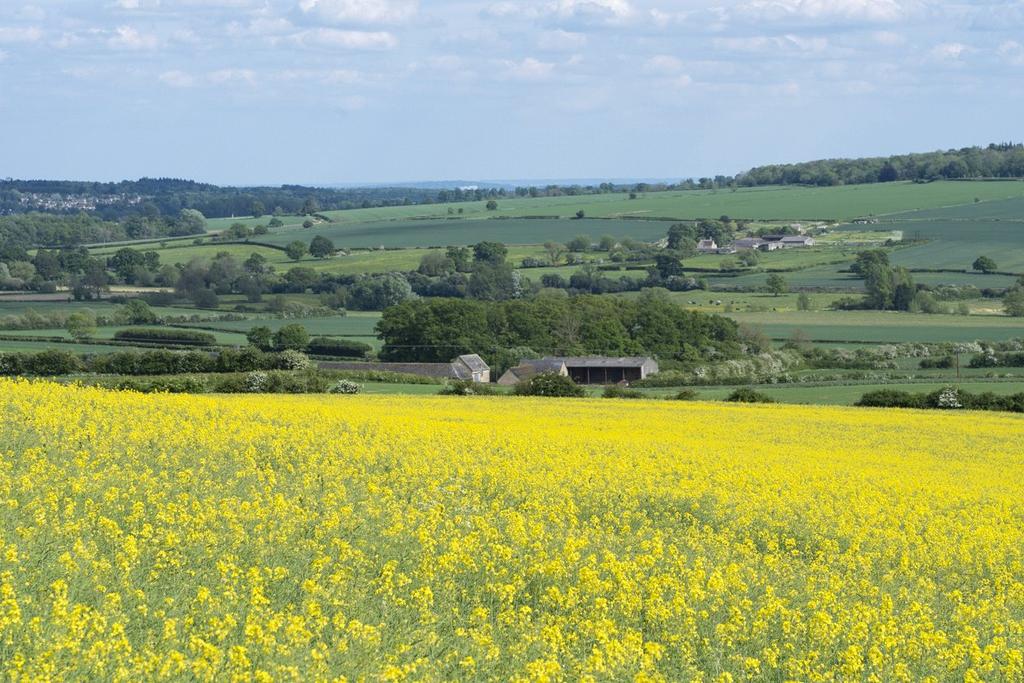
According to its listing, the manor house was built in about 1700 for Sir William Osbaldeston, 4th Baronet Osbaldeston of Chadlington, who was High Sheriff of Oxfordshire in 1710 and died in 1739 (the title became extinct with the death of Sir Charles Osbaldeston, 5th Baronet, in 1749).
The house was altered in the late 1700s, possibly by the Baynton family (Stukeley Baynton was High Sheriff of the county in 1768) and remodelled in the 19th century. Thereafter, it became a farmhouse and was lived in mainly by tenants, during which time it saw little investment, although it was well maintained.
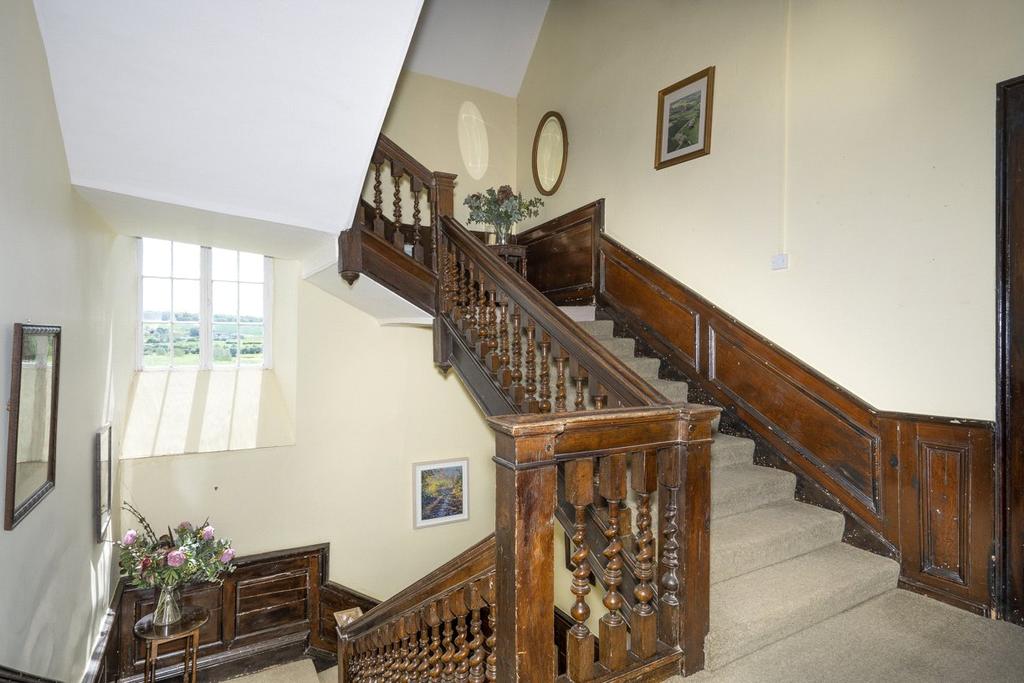
The house retains some fine original elements, including an oak open-well staircase, marble mantelpieces, tall sash windows and chimneypieces and an ornate Rococo ceiling in the rear drawing room.
It currently offers 5,856sq ft of living space on three floors, including three main reception rooms, a study, a kitchen/breakfast room with a one-bedroom flat above, three bedrooms and a bathroom on the first floor and a further bedroom and bathroom, plus three unused attic rooms on the second floor.
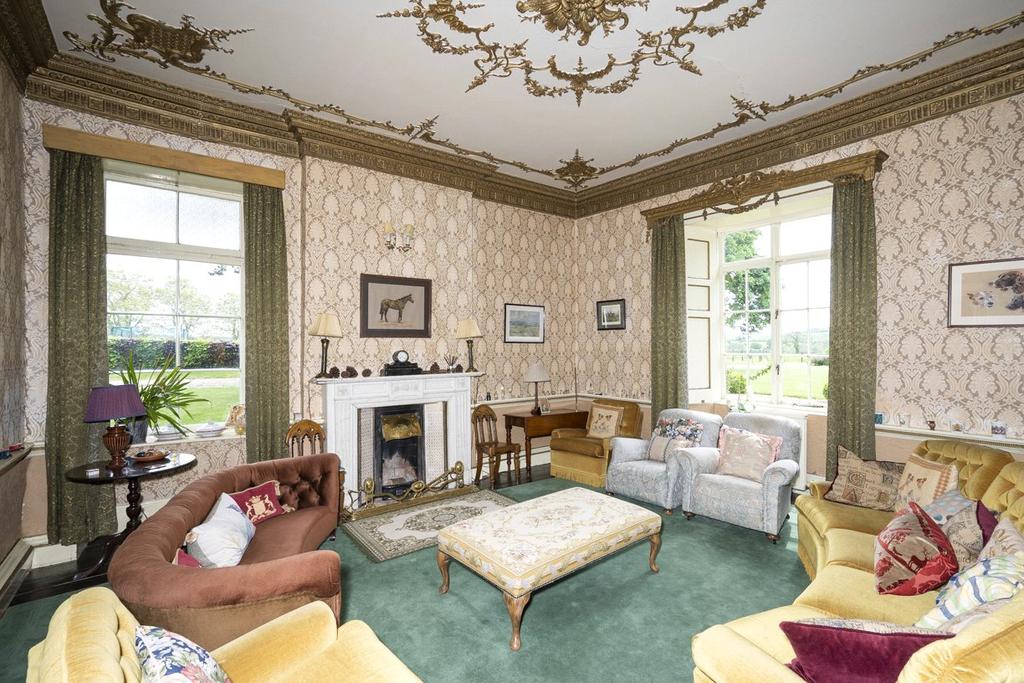
The house enjoys a protected farmland setting, with glorious views down the valley to the river, which forms the estate’s southern boundary. Although no planning consent exists as yet, a well-thought-out scheme incorporating the redundant barn attached to the west side of the house, and possibly the traditional farm buildings that guard it to the north, could create, it’s suggested, ‘a wonderful and important country house’.
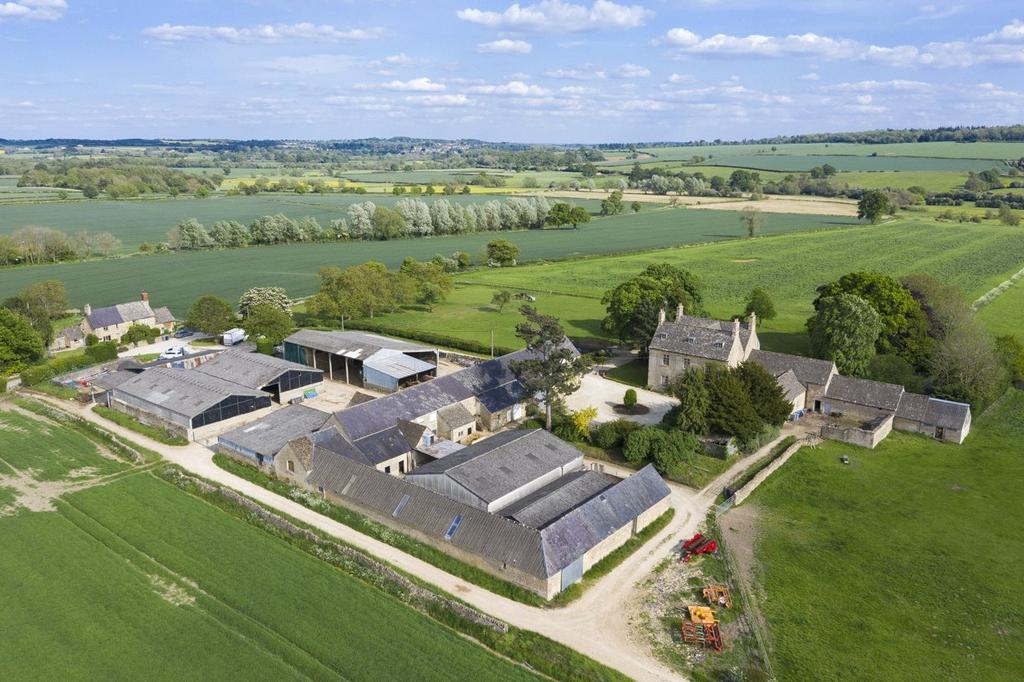
A guide price of £5.5m is quoted for lot 2, the picturesque Barter’s Hill farmstead, comprising two unoccupied semi-detached cottages and a large range of traditional stone farm buildings with significant potential for conversion, the whole set in some 137 acres of arable land.
Originally a working dairy farm, the charming farmstead is located down a long private driveway off the Greenend Road.
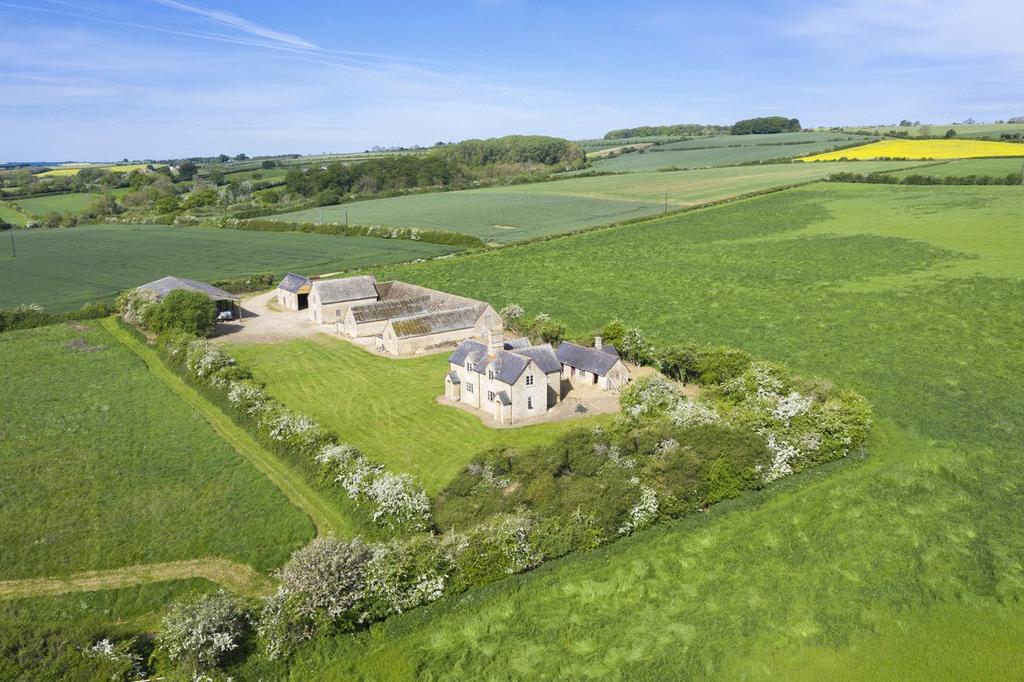
Lots 3 and 4 include the buildings at Barter’s Hill, along with 95 acres of land, plus a further 127 acres of arable land north of Greenend Road that includes a small former stone quarry.
The remaining lots comprise five estate cottages — three terraced and two semi-detached. Lot 10 is a paddock with former allotments and an old gardener’s shed on the edge of the village, for which planning consent for conversion is considered unlikely.
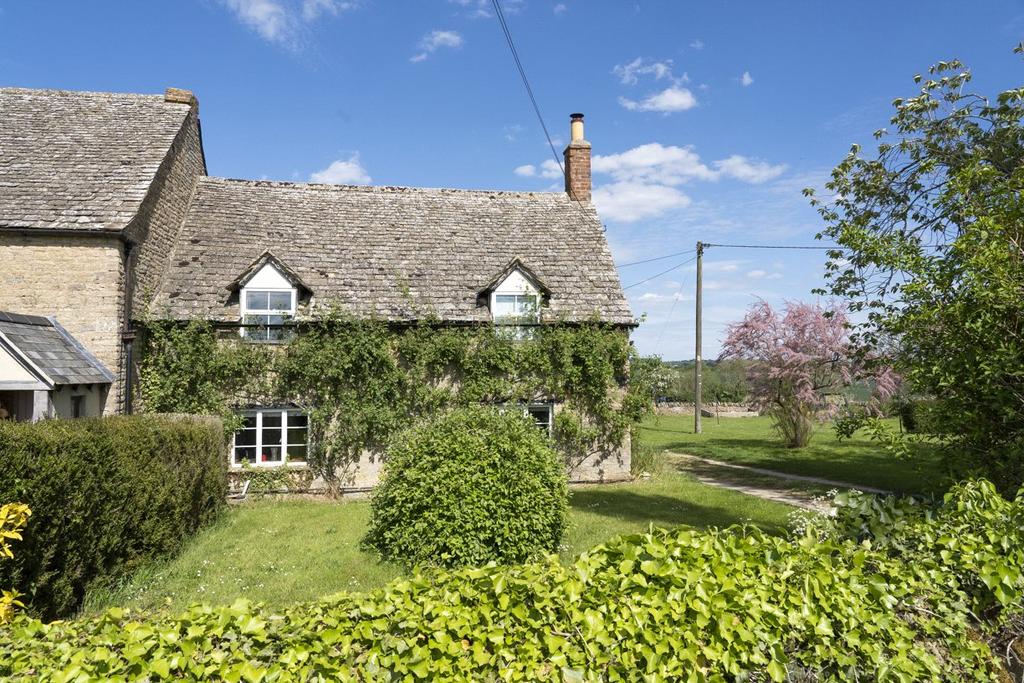
It all adds up to a property-and-investment portfolio the like of which may never be seen again in this coveted part of the Cotswolds.
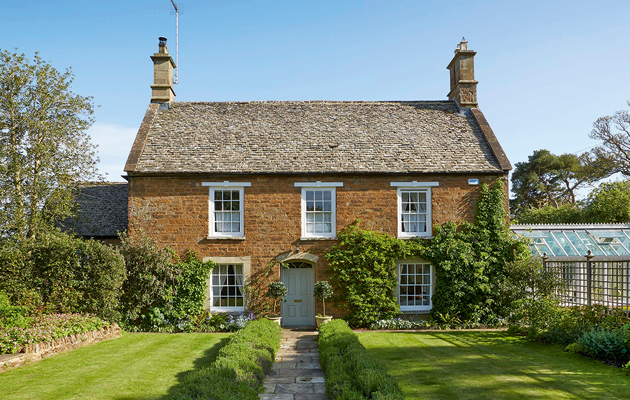
The Soho Farmhouse effect on Great Tew
Much ado about Great Tew.

Credit: www.georgesmith.co.uk
Interior design: Why the profession with creative ADHD will return to elegance
Giles Kime makes a bold prediction as he perceives a new wind blowing through the world of interiors.
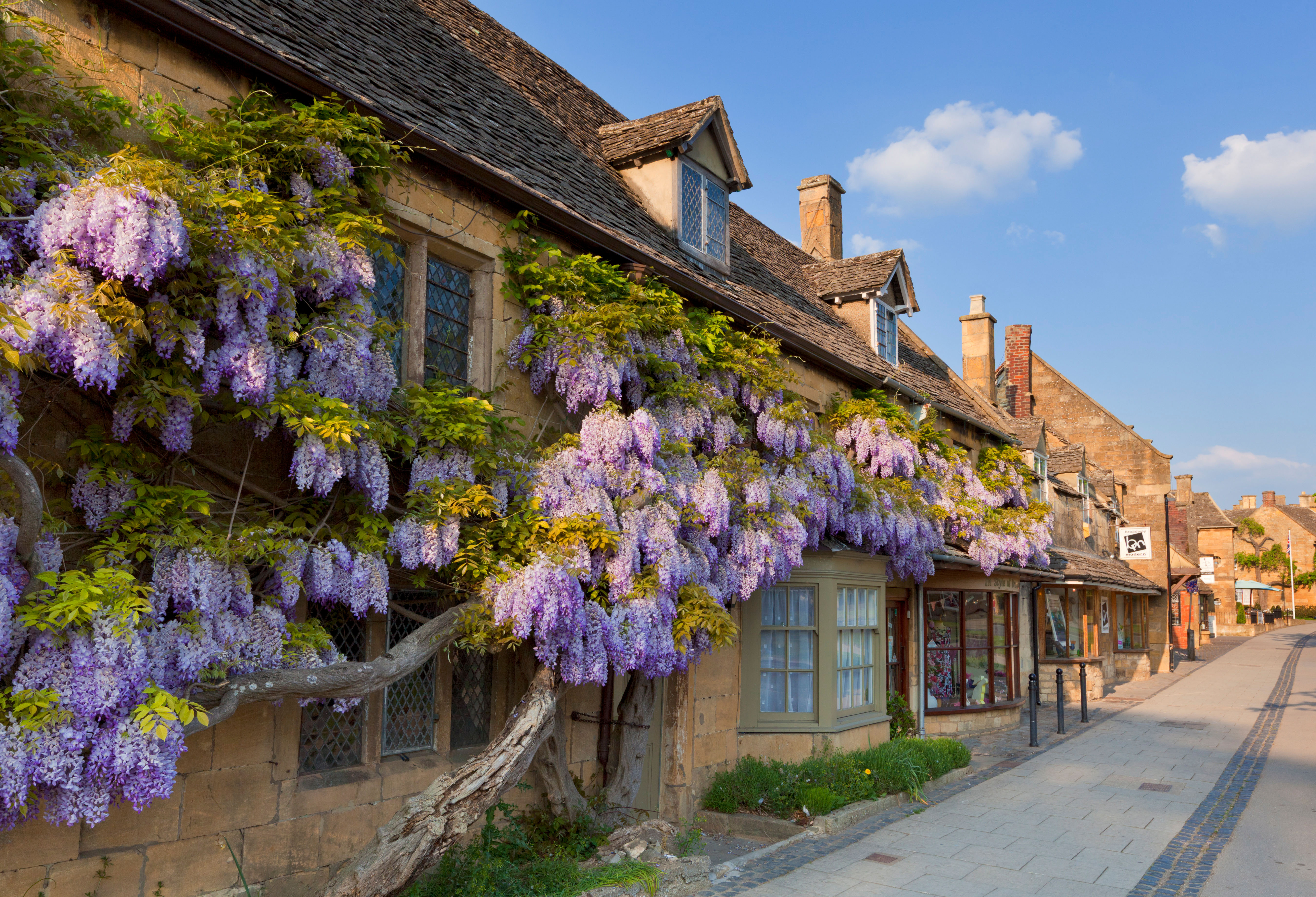
Where to live in the Cotswolds: A guide to choosing the perfect spot
Where in the Cotswolds should you move to? The answer will depend on what is more important to you and
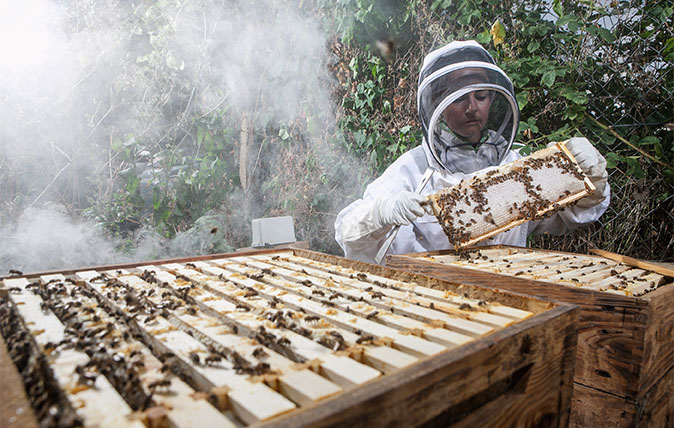
The beekeeper: 'There are few things better than a full comb of capped liquid gold'
-
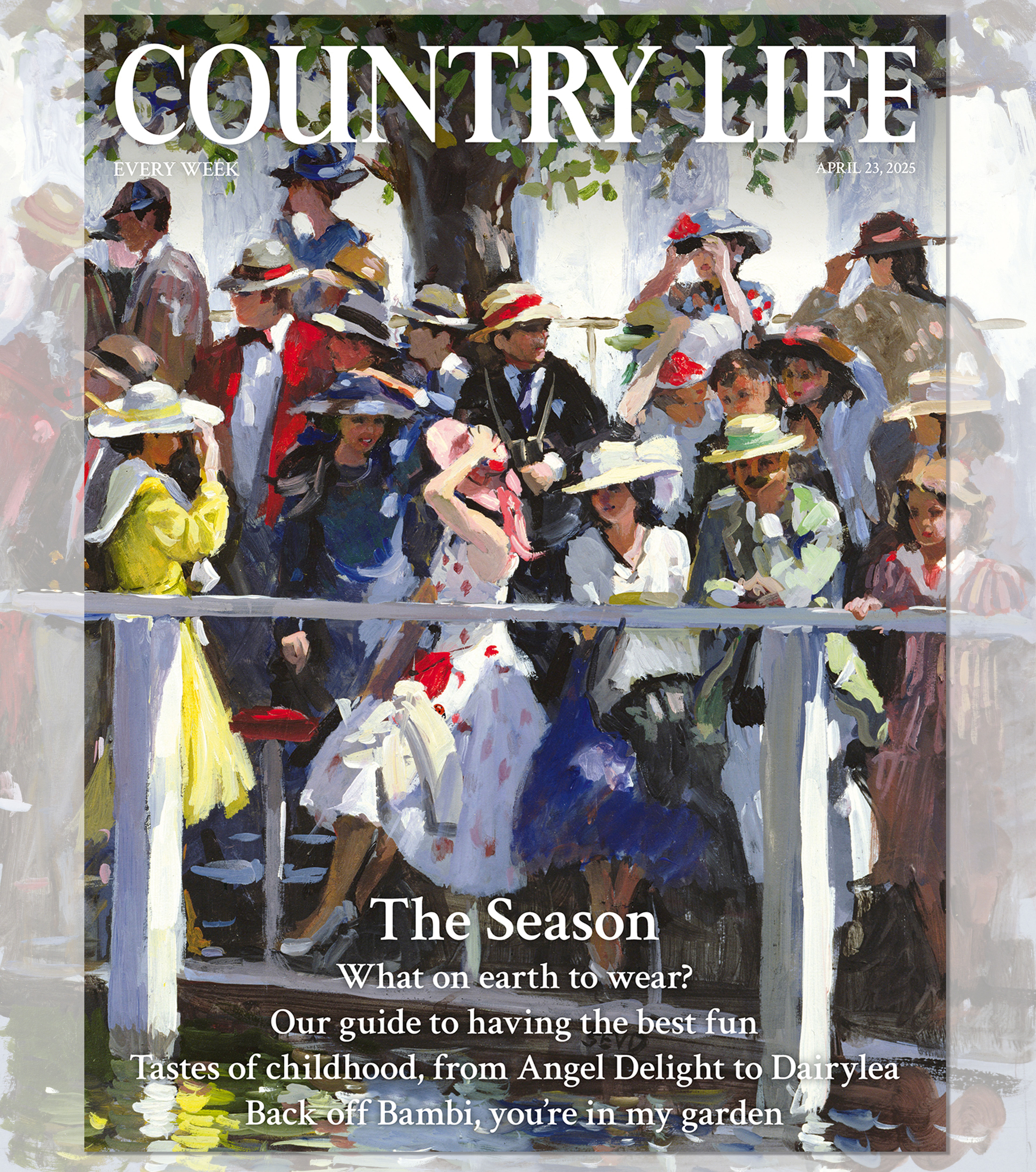 Country Life 23 April 2025
Country Life 23 April 2025Country Life 23 April 2025 looks at how to make the most of The Season in Britain: where to go, what to eat, who to look out for and much more.
By Toby Keel Published
-
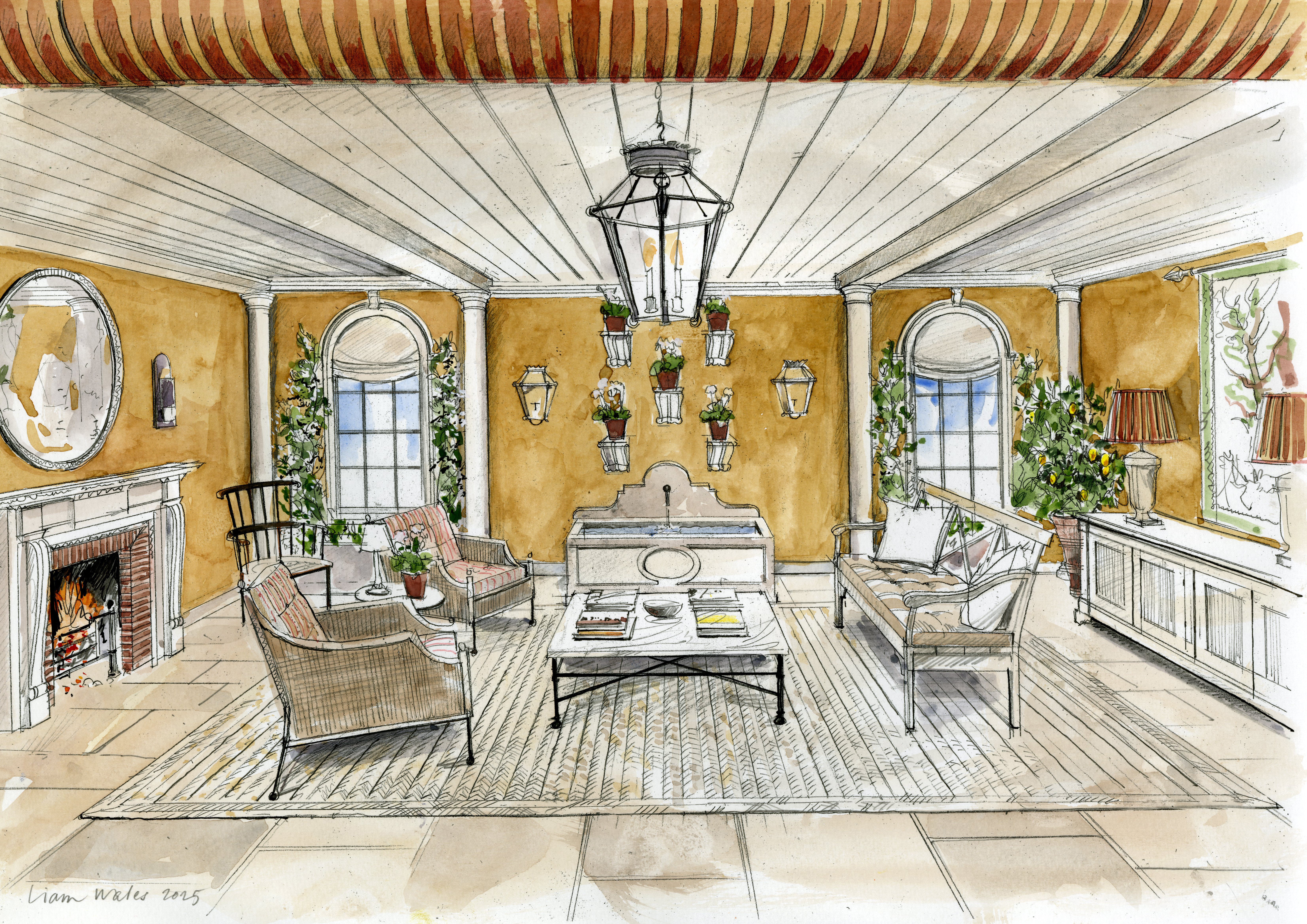 The big reveal: A first look at Country Life's RHS Chelsea Flower Show stand
The big reveal: A first look at Country Life's RHS Chelsea Flower Show standInterior designer Isabella Worsley reveals her plans for Country Life’s ‘outdoor drawing room’ at this year’s RHS Chelsea Flower Show.
By Country Life Published
-
 Schreiber House, 'the most significant London townhouse of the second half of the 20th century', is up for sale
Schreiber House, 'the most significant London townhouse of the second half of the 20th century', is up for saleThe five-bedroom Modernist masterpiece sits on the edge of Hampstead Heath.
By Lotte Brundle Published
-
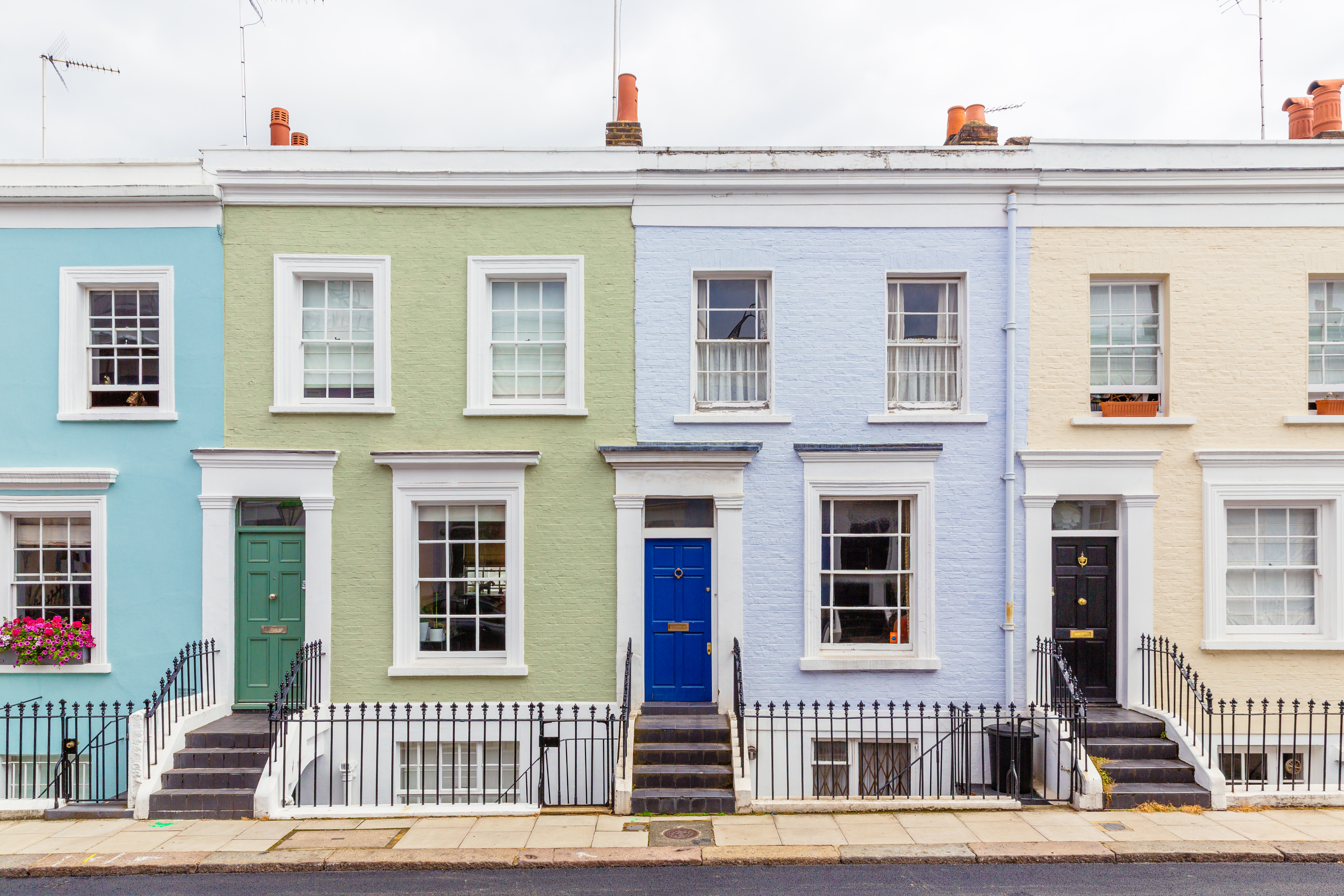 Is the 'race for space' officially over?
Is the 'race for space' officially over?During the lockdowns, many thought the countryside was the place to be. It seems many are now changing their minds.
By Annabel Dixon Last updated
-
 What's a 'wellness village' and will it tempt you back into the office?
What's a 'wellness village' and will it tempt you back into the office?The team behind London's first mixed-use ‘wellness village’ says it has the magic formula for tempting workers back into offices.
By Annunciata Elwes Published
-
 A mini estate in Kent that's so lovely it once featured in Simon Schama's 'History of Britain'
A mini estate in Kent that's so lovely it once featured in Simon Schama's 'History of Britain'The Paper Mill estate is a picture-postcard in the Garden of England.
By Penny Churchill Published
-
 Hidden excellence in a £7.5 million north London home
Hidden excellence in a £7.5 million north London homeBehind the traditional façades of Provost Road, you will find something very special.
By James Fisher Published
-
 Sip tea and laugh at your neighbours in this seaside Norfolk home with a watchtower
Sip tea and laugh at your neighbours in this seaside Norfolk home with a watchtowerOn Cliff Hill in Gorleston, one home is taller than all the others. It could be yours.
By James Fisher Published
-
 A Grecian masterpiece that might be one of the nation's finest homes comes up for sale in Kent
A Grecian masterpiece that might be one of the nation's finest homes comes up for sale in KentGrade I-listed Holwood House sits in 40 acres of private parkland just 15 miles from central London. It is spectacular.
By Penny Churchill Published
-
 A medieval house with a dozen bedrooms, a Great Hall and its own bar, set amid some of the finest landscapes in England
A medieval house with a dozen bedrooms, a Great Hall and its own bar, set amid some of the finest landscapes in EnglandUpper House in Derbyshire shows why the Kinder landscape was worth fighting for.
By James Fisher Published
